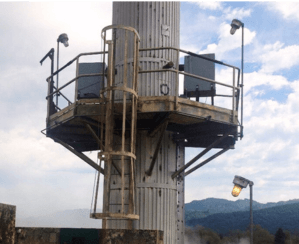
Air Emissions Calibration Testing: Staying Compliant With Daily and Quarterly Requirements
Accurate air emissions calibration testing is essential for maintaining compliance and ensuring reliable CEMS performance. This blog breaks down daily and quarterly calibration test requirements, explains how offline calibrations are used, and clarifies what causes out-of-control data.





